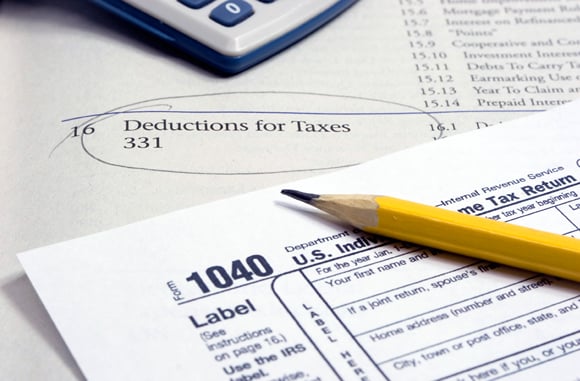Johannessen says proposed 39.6% top marginal rate spooking more-affluent filers
Clients have begun to ask how they can earn less from work so that their income levels won't be pushed to a higher tax bracket, a financial planner told a congressional hearing today in Washington.
“For the first time in my 20 or so years, folks actually were asking what they could do to minimize their earnings potential, because they wanted to try and avoid being pushed into the 39.6% tax bracket,” Mark Johannessen, 2008's volunteer president of the Financial Planning Association, told a House Ways and Means Committee hearing on the implications of America's complex tax code.
He said four or five clients asked him last year how they could reduce income for this year “by working less or by not creating something that they otherwise would have created,” Mr. Johannessen said.
“That's an incredible statement,” said Rep. Pat Tiberi, R-Ohio, expressing concern about the impact of people who are “trying not to be penalized for working.”
Mr. Johannessen said discussion of the 39.6% rate “began to get people's interest pretty significantly.”
President Barack Obama's 2012 budget calls for boosting the top tax rate to 39.6%, and today he proposed limiting itemized deductions for the wealthiest 2% of Americans as part of a plan to reduce the deficit by $4 trillion over 12 years. In a speech at George Washington University, the president also asked Congress to simplify the individual tax code.
At the congressional hearing, Alan Viard, resident scholar at the American Enterprise Institute for Public Policy Research, recommended that lawmakers change a tax code that allows for more than 20 tax-preferred savings accounts and plans, including individual retirement accounts, 401(k) plans, Coverdell education savings accounts and health savings accounts.
The accounts and plans could be consolidated into three types: one for retirement, one for education and one for health care, he said.







